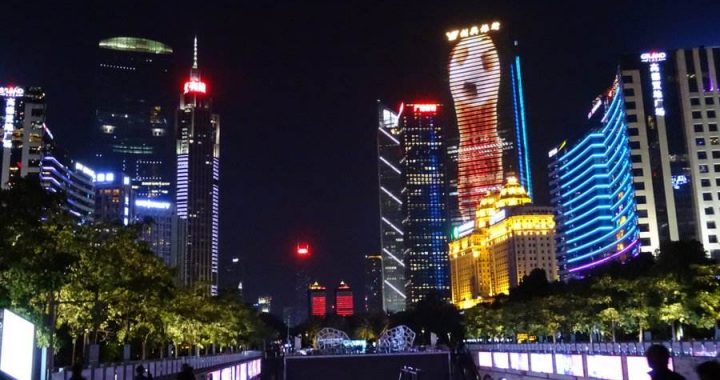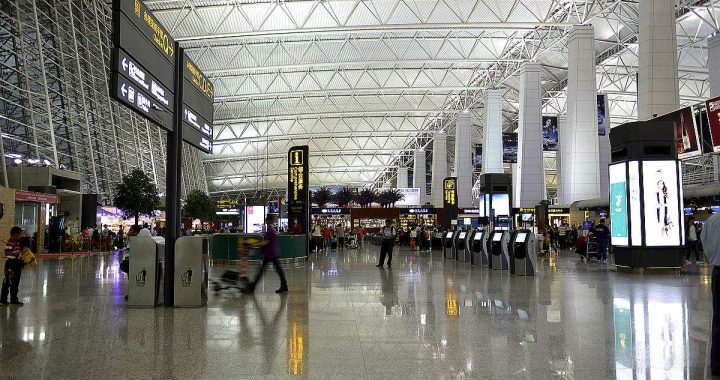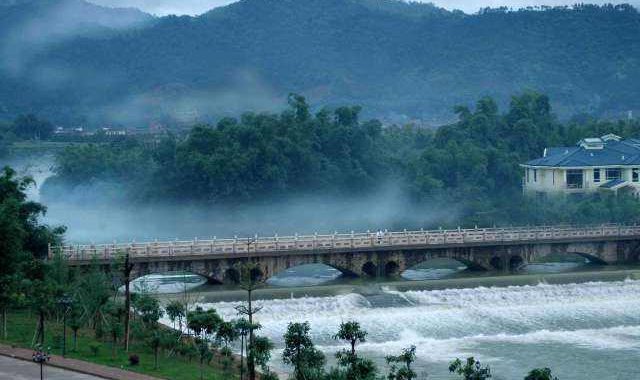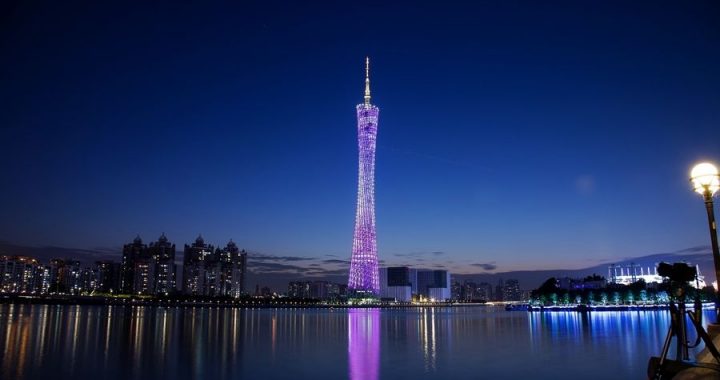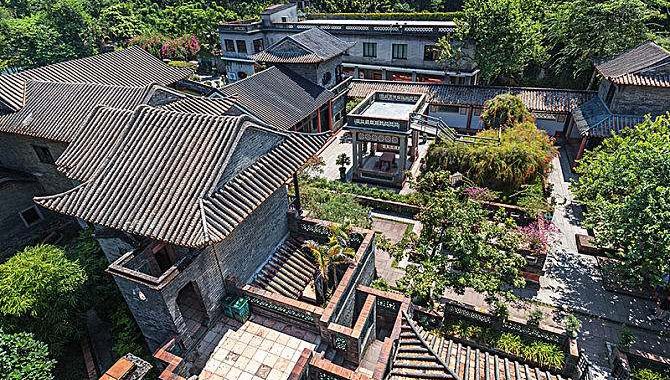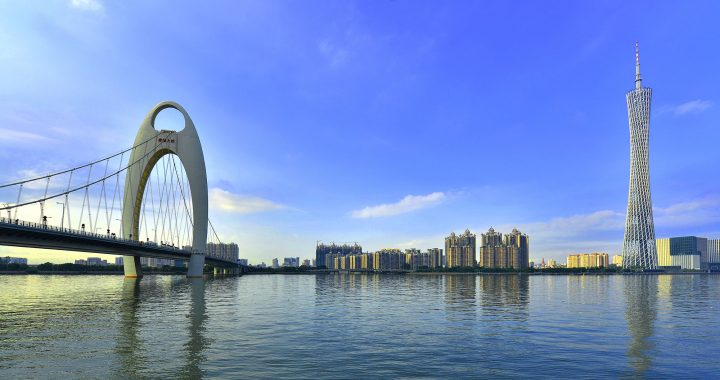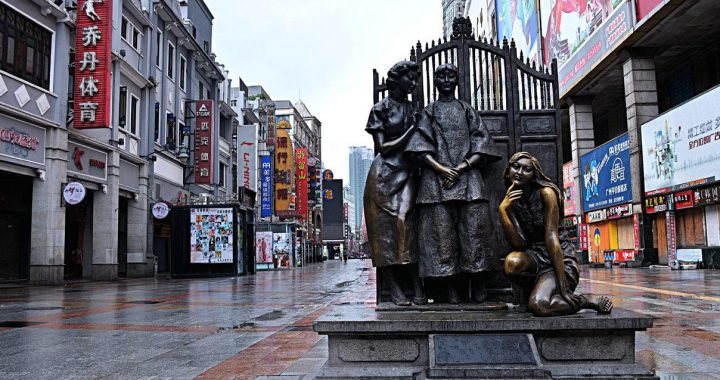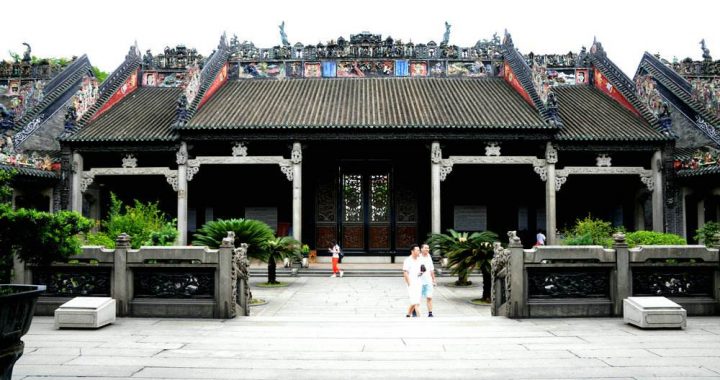Canton Tower
2 min readCanton Tower, formerly known as Guangzhou TV and Sightseeing Tower, is a 600 m high multi- purpose Chinese observation tower in the Haizhu District of Guangzhou, Guangdong, China. The tower was topped out in 2009 and it became operational on 1 October 2010 for the 2010 Asian Games. The tower briefly held the title of the tallest tower in the world, replacing the CN Tower, before being surpassed by the Tokyo Skytree in 2011. It is the tallest structure in China and the fourth- tallest freestanding structure in the world.
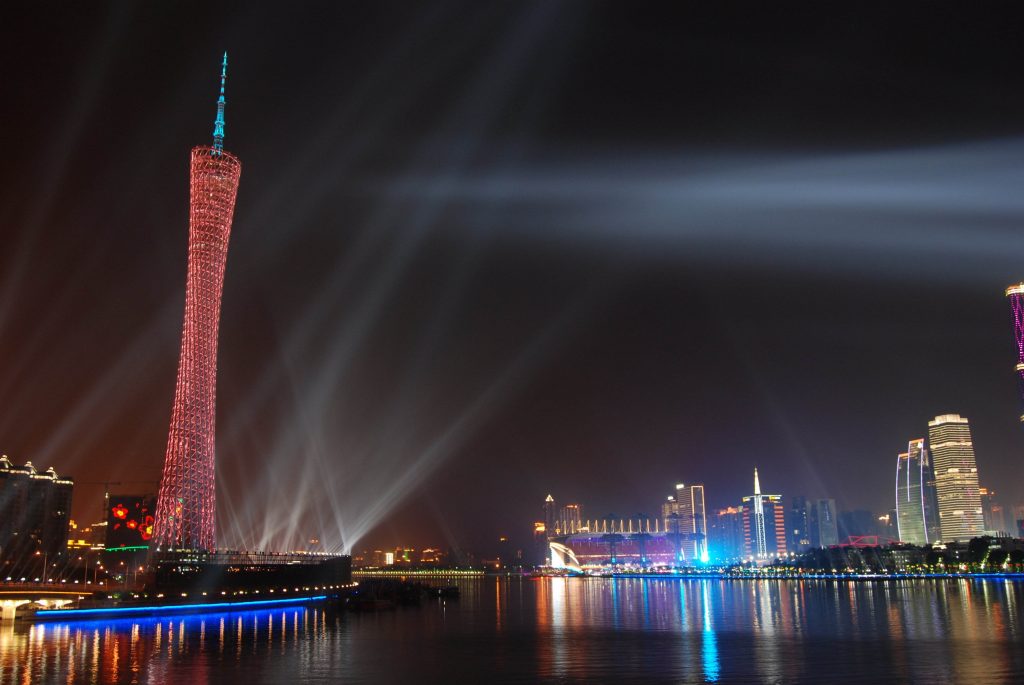
After surveying a broad range of public opinions,“ Canton Tower” was decided as the official name and announced at the end of September 2010. The new name, despite its lack of historical reference, was considered the most identifying and least ambiguous among the multitude of proposals. Local residents used to refer to the tower by various nicknames including“ Slim Waist”,“ Twisted Firewood”( a metaphor for“ stubborn” in Cantonese) and“ Yangdianfeng”( literally“ Peak of the Ram City”; homophonic to“ epilepsy” in colloquial Chinese.
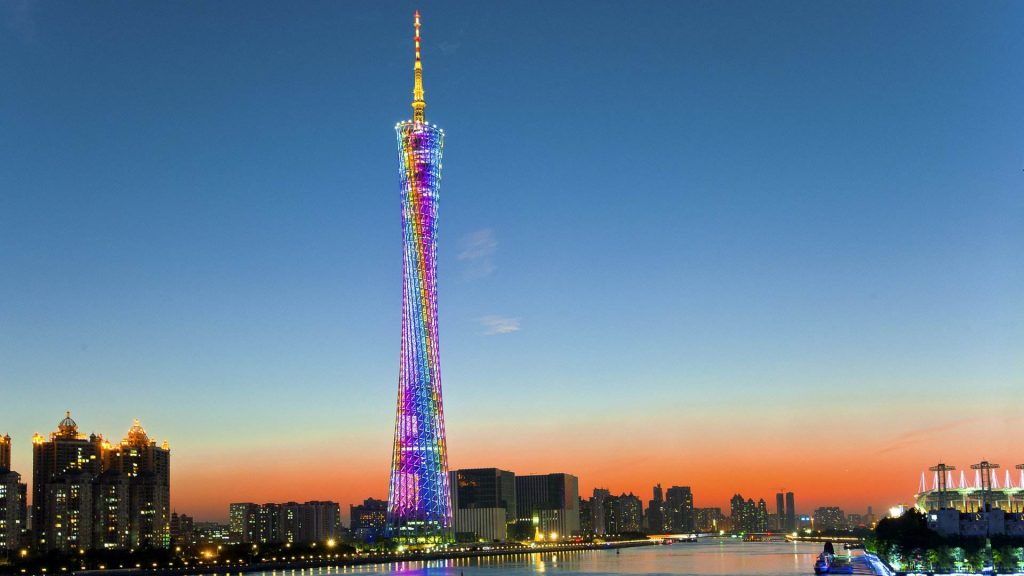
The waist of the tower contains a 180 m open- air skywalk where visitors can physically climb the tower. There are outdoor gardens set within the structure and at the top, just above 450 m, a large open- air observation deck.
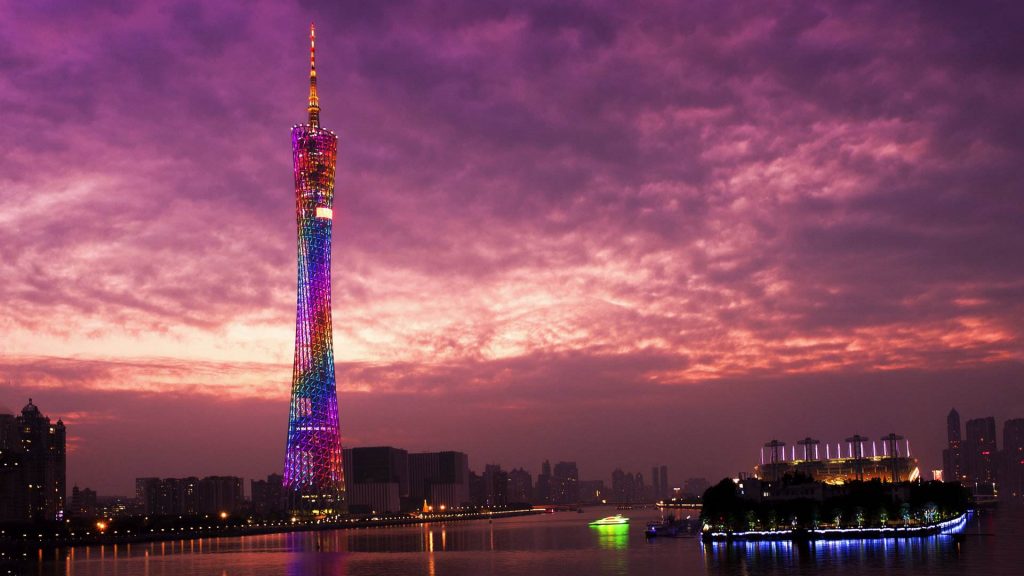
The interior of the tower is subdivided into a programmatic zones with various functions, including TV and radio transmission facilities, observatory decks, revolving restaurants, computer gaming, restaurants, exhibition spaces, conference rooms, shops and 4D cinemas.
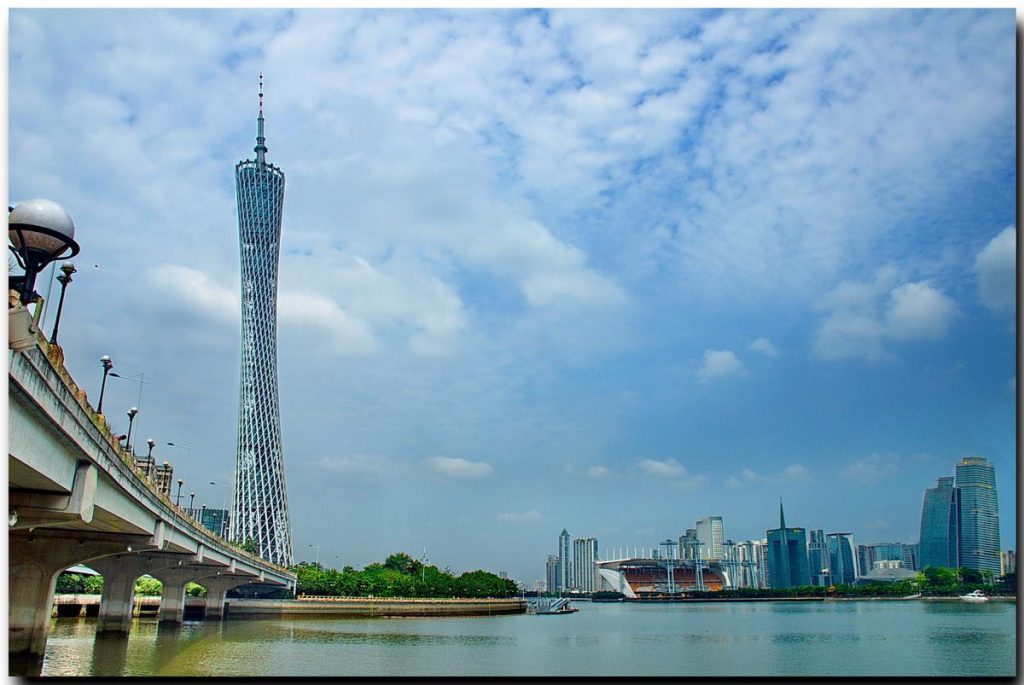
The form, volume and structure of the towers is generated by two ellipses, one at foundation level and the other at a horizontal plane at 450 m. These two ellipses are rotated relative to another. The tightening caused by the rotation between the two ellipses forms a“ waist” and a densification of material halfway up the tower. This means that the lattice structure, which at the bottom of the tower is porous and spacious, becomes denser at waist level. The waist itself becomes tight, like a twisted rope; transparency is reduced and views to the outside are limited. Further up the tower the lattice opens again, accentuated here by the tapering of the structural column- tubes.
